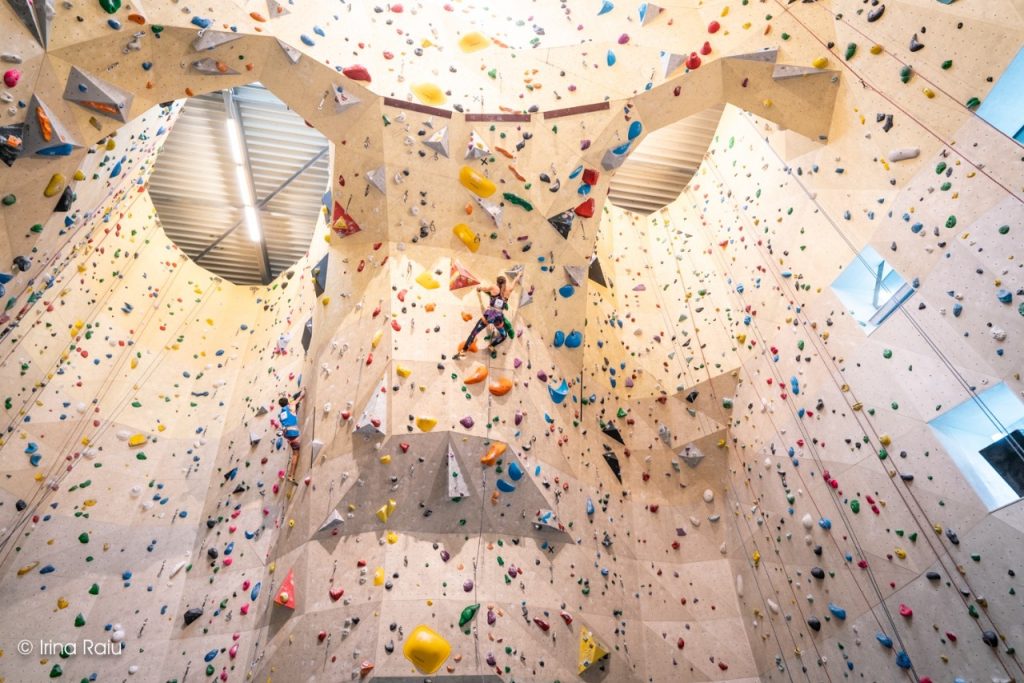Climbing courses offer structured understanding experiences for individuals wanting to investigate the straight world. These classes focus on climbers of all levels, from beginners taking their first measures on the wall to professional masters seeking to improve their skills or handle new challenges. An average of, hiking classes are designed and light emitting diode by experienced instructors who share their understanding, knowledge, and passion for climbing to participants.
The curriculum of a climbing program frequently addresses a wide selection of subjects required for safe and satisfying climbing. Beginners may understand fundamental abilities such as for instance attaching troubles, belaying practices, appropriate equipment use, and fundamental climbing movement. Advanced classes may delve in to heightened issues like cause climbing, anchor building, option examining, and chance management. Sophisticated classes may concentrate on specialized processes for different types of hiking, such as for instance trad climbing, sport climbing, or bouldering, along with sophisticated recovery and self-rescue skills.
Hands-on training is a main component of hiking courses, letting individuals to apply what they’ve realized in a managed atmosphere underneath the advice of instructors. Climbing gyms, outdoor crags, and specific training services give the right locations for practical talent development. Players get personalized feedback and teaching from instructors, supporting them refine their methods and build confidence on the wall.
Beyond specialized skills, hiking classes often stress crucial factors such as hiking integrity, environmental stewardship, and risk assessment. Individuals learn about Leave No Track maxims, responsible outside conduct, and the significance of preserving hiking places for potential generations. Furthermore, they gain insights into the mental areas of climbing, such as purpose setting, overcoming concern, and maintaining focus and awareness throughout demanding climbs.
Many climbing courses also provide options for neighborhood developing and camaraderie among participants. Hiking is inherently a cultural task, and programs provide a supporting setting wherever climbers may join, share activities, and stimulate each other to force their limits. Whether it’s cheering on a fellow climber because they tackle a hard option or celebrating achievements together at the conclusion of the class, the feeling of camaraderie fosters a solid feeling of belonging within the climbing community.
Safety is paramount in climbing, and hiking courses prioritize training members just how to evaluate and mitigate risks effectively. From correct equipment inspection and preservation to crisis techniques and interaction standards, players learn essential safety techniques that are vital for a secure climbing experience. Instructors impress a lifestyle of security awareness and enable participants to make informed choices while hiking independently.
Climbing classes frequently offer a pathway for people enthusiastic about pursuing hiking as a career or getting licensed instructors themselves. Certification applications and mentorship possibilities offer future instructors with working out and guidance they should train hiking abilities efficiently and responsibly. Through a combination of classroom instruction, useful kurs wspinaczkowy , and mentorship, participants obtain the knowledge and self-confidence to cause hiking courses and reveal their desire for climbing with others.

In summary, hiking courses present important understanding activities for climbers of most levels, providing a structured pathway for talent progress, personal development, and neighborhood engagement. Whether it’s mastering simple techniques, improving advanced abilities, or seeking a vocation in climbing instruction, players benefit from specialist instruction, hands-on training, and a supportive learning setting that fosters a lifelong love for climbing.
